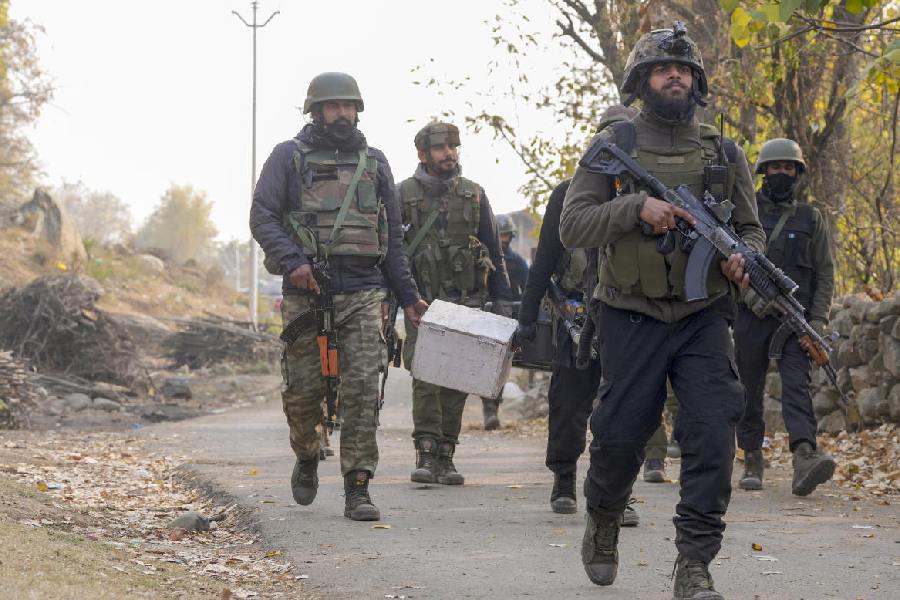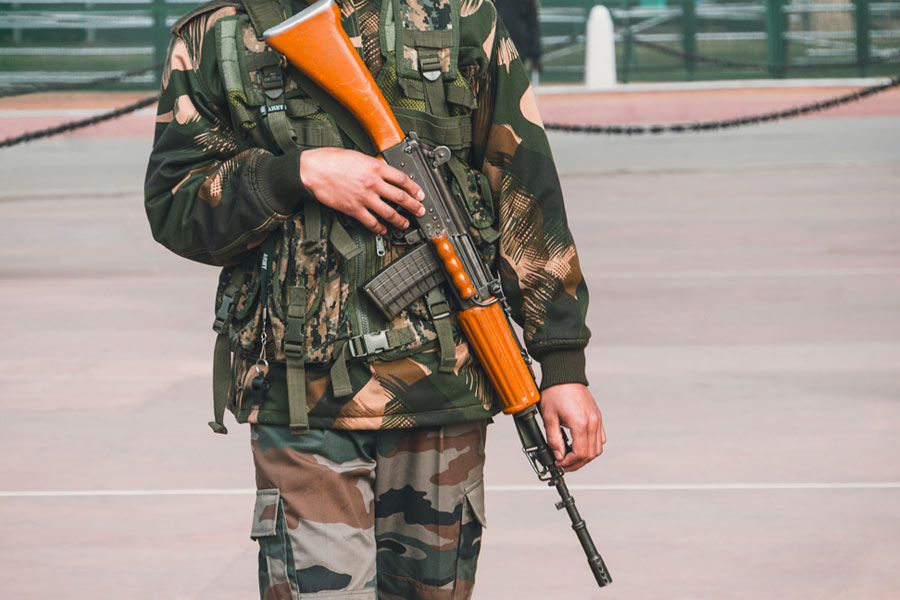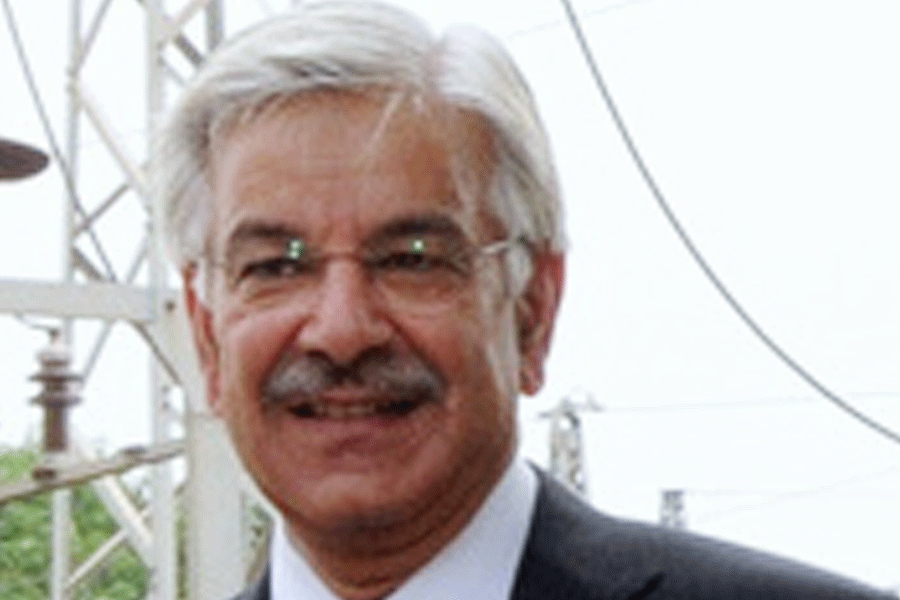 |
| Break time |
Hyderabad, Aug. 5: Andhra’s rice bowl has dished out a lesson to the government’s inflation busters — it will have a “crop holiday”.
Farmers in large swathes of the fertile East and West Godavari districts have decided not to cultivate paddy this season, preferring to keep their fields fallow rather than risk continued losses blamed on soaring input costs and low prices at which the government buys the produce.
This is the first time in recent memory that such a “crop holiday” will be enforced in the area that is to Andhra what Burdwan is to Bengal — a rice bowl.
The area, which grows several other crops, accounts for around 60 per cent of the southern state’s food production.
The crop boycott offers a reality check for a government struggling to tame the high food inflation, which has soared to over 8 per cent for the week ended July 23 after a brief dip.
“We were driven to such a tough decision because of rising costs and government indifference,” said K. Nageswar Rao, a farmer leader from Vijayawada.
While it costs around Rs 28,500 to cultivate paddy on one acre, the yields fetch only Rs 21,000, he added.
The government has fixed the minimum support price (MSP) — the rate at which it purchases the produce — at Rs 1,110 per quintal. But the farmers have argued that this is barely enough to cover their ever-increasing costs and have demanded at least Rs 1,600 per quintal.
Farmer G.S. Rao suggested the crop holiday decision was “painful” but had to be taken because appeals about their plight went unheard.
“Crop holiday is painful for all of us, who otherwise raise three crops a year,” said Rao, who grows paddy and coconuts on his farm at Pasharlapudi in East Godavari’s Amalapuram area.
Last year’s kharif season (when the summer crops are grown) ended in a crop failure because of drought in much of the state.
The rabi crop (sown in winter) that followed yielded a bumper harvest — and turned into a problem. Prices crashed, as did the farmers’ hopes.
This time, few seem prepared to take a chance. “The amount we get by selling a quintal of paddy is not even enough to pay the daily wages of labourers,” said another farmer.
The area is known as the Koonaseema belt, where over 11 lakh acres are irrigated by the Godavari waters. This makes it possible to raise multiple crops, including tobacco and sugarcane, in a year. The farmers’ boycott could cover three to four lakh acres, according to government figures.
Yerneni Nagendranath, who heads farmers’ organisation Rytanga Samakhya, accused the government of pushing the farmers to the present situation and forcing them into the crop boycott. “Farming is only helping the dealers of fertilisers and pesticides and the middlemen (in food markets) to mint money.”
But Nagendranath may have some consolation. The crop holiday means a large chunk of the 1,300 quintals of seeds and Rs 120 crore worth of pesticides and fertilisers provided by the government for distribution at subsidised rates will not find takers.










